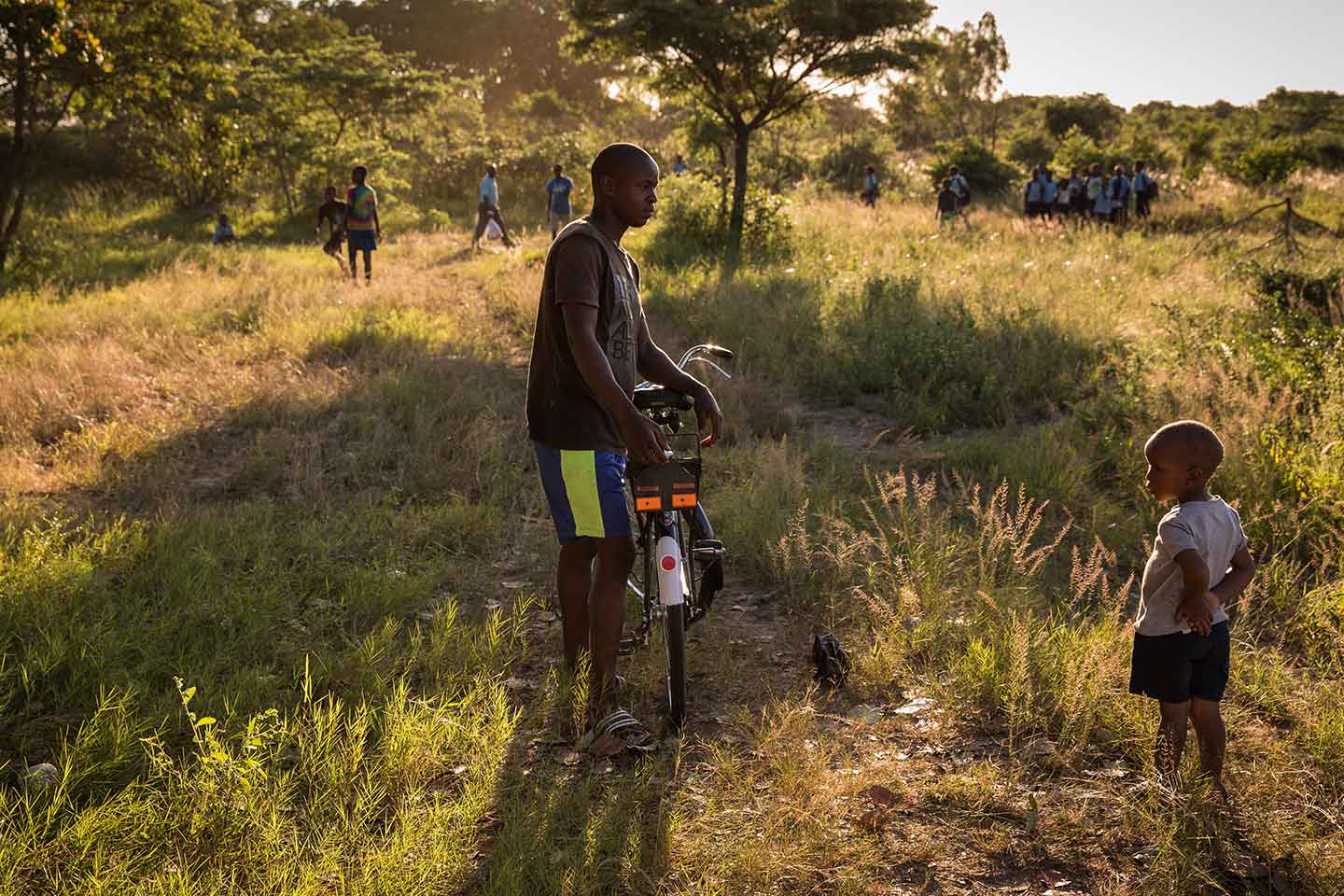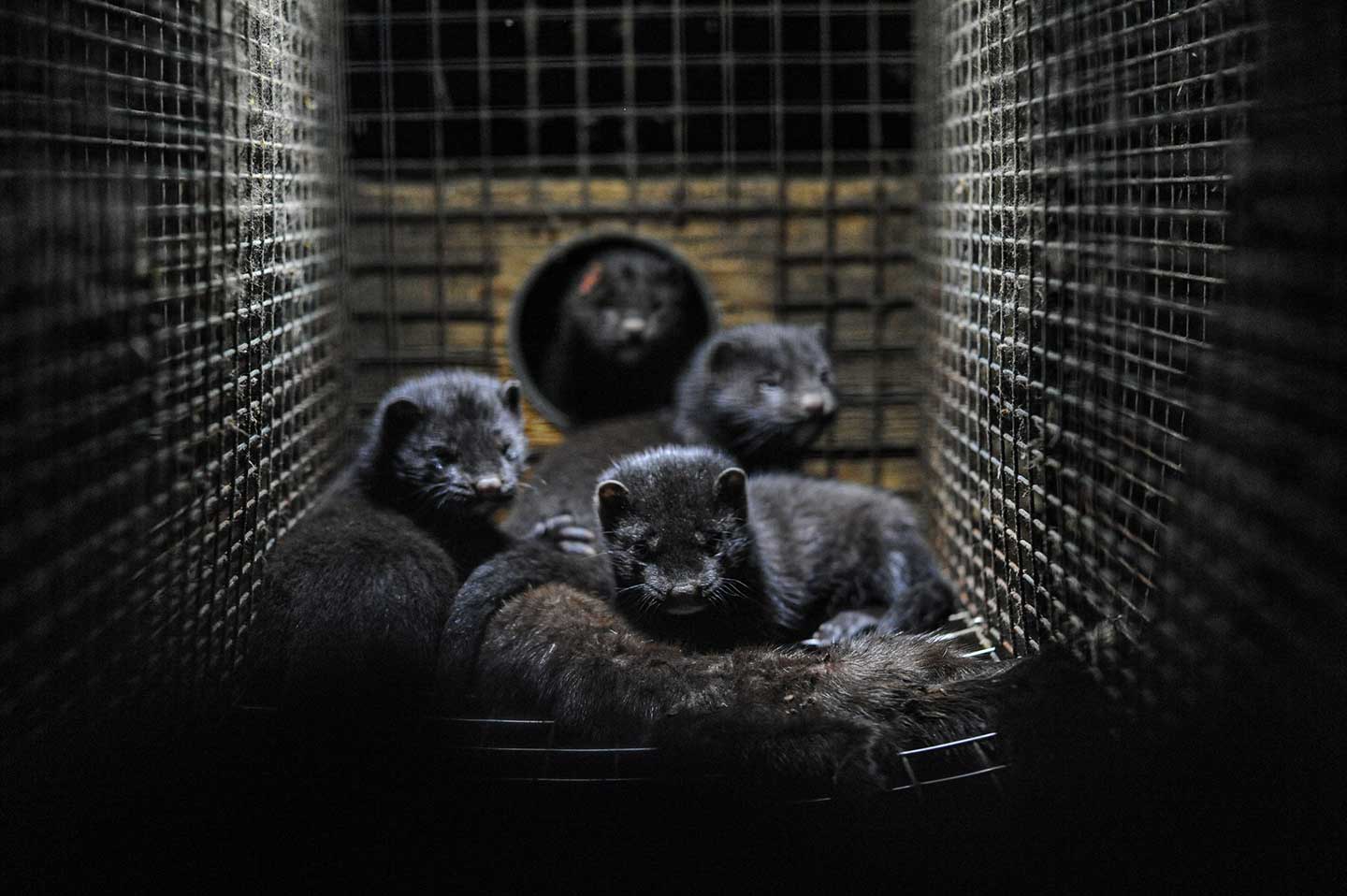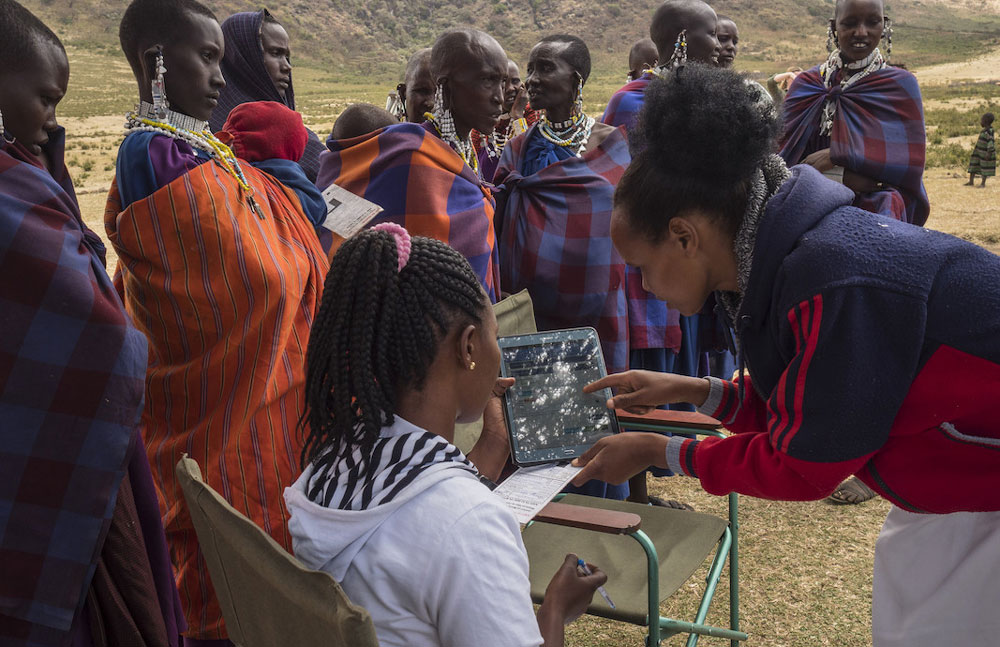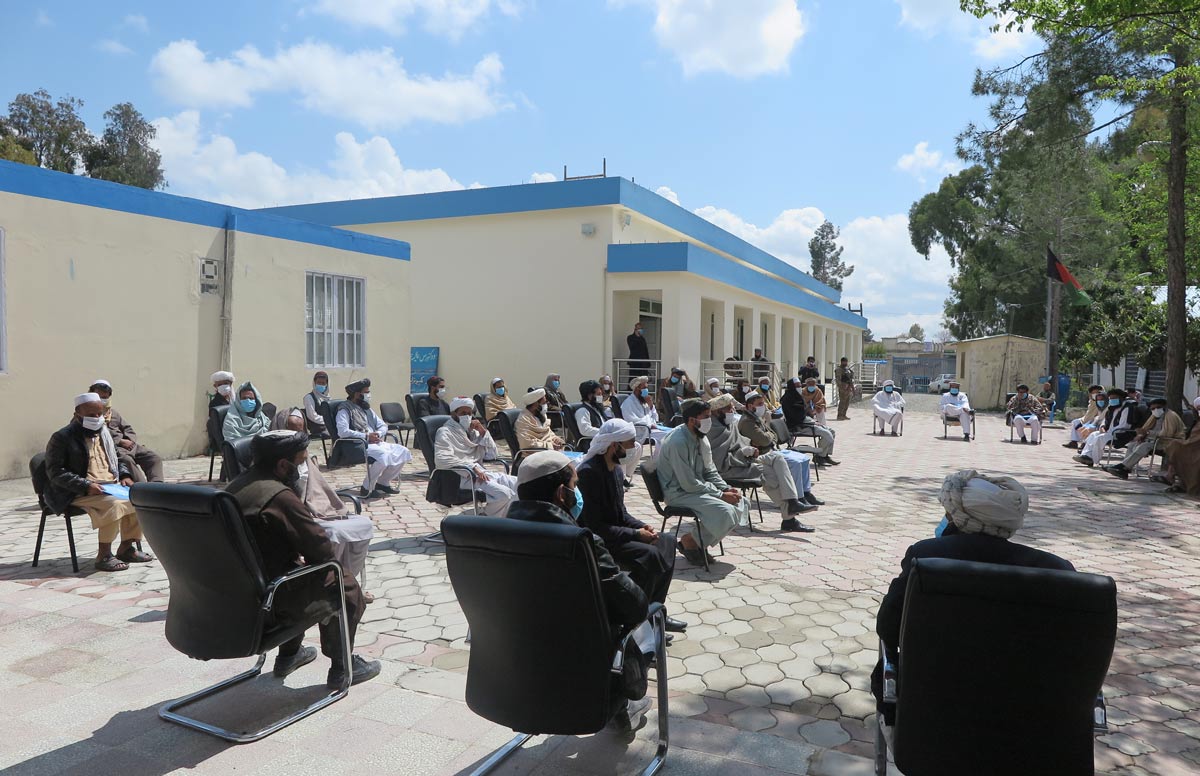Lessons in preparing to distribute COVID-19 vaccine
How the 2009 H1N1 influenza pandemic can help us be better prepared for distributing and administering potential COVID-19 vaccines.
- 24 April 2020
- 4 min read
- by Alister Bignell
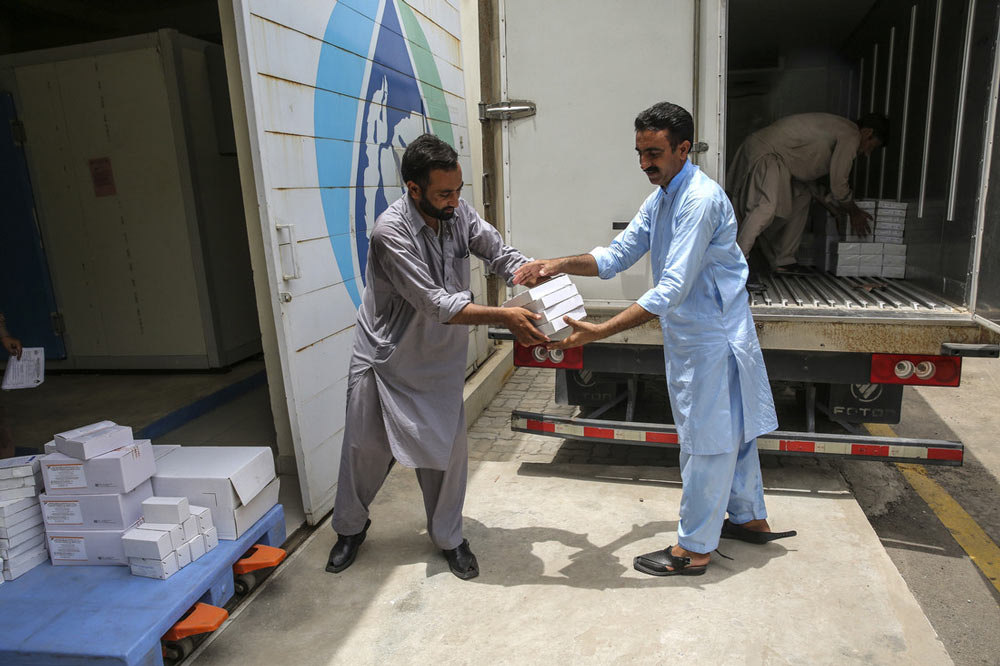
Safe and effective COVID-19 vaccines are badly needed given the scale and severity of the current pandemic. Multiple organisations around the world are working at unprecedented speed to develop and test them, with expectations centring on a 12-18 month timeline.
However, what happens once the vaccines are ready? The resulting distribution will be truly global in scale, requiring a monumental logistical effort if all countries are to benefit from the vaccines. The 2009 H1N1 pandemic illustrates the challenges involved with globally rolling out and distributing a suitable vaccine in the midst of a pandemic.
H1N1 seasonal influenza vaccine
Thanks to previous experience with seasonal influenza vaccines, it took only six months after the H1N1 influenza outbreak was identified in April 2009 to produce a suitable vaccine.
Given the global threat posed by the pandemic, the World Health Organization (WHO) organised a system for coordinating donations of vaccine and funding so vaccines could reach low- and middle-income countries. This resulted in the first shipment of pandemic influenza strain vaccine arriving in a recipient country three months after it became available.
Logistical challenges
However, numerous logistical challenges slowed distribution of the vaccine to recipient countries:
- Vaccine supply – limited, especially in the first few months after the first vaccine was available, and sometimes exacerbated by unexpected manufacturing problems.
- Legal agreements – time consuming to establish, especially on damage liability, between WHO, the manufacturers providing the vaccine and recipient countries.
- Quality control – vaccines made by a variety of companies in different countries all needed to be confirmed as safe and effective.
- Application – recipient countries needed time to apply for the vaccine, develop plans for using it, and grant regulatory approval and customs clearance.
- Natural disasters - unexpected delays in shipping resulted from the closure of air routes following the eruption of the Eyjafjallajökull volcano in Iceland.
- Changing priorities – due to the time needed to develop and distribute the vaccine, most recipient countries could not receive them until after the peak of the epidemic, in some cases a year after the vaccine first became available. This lowered the priority and slowed down distribution of the vaccine.
In-country challenges
After donated vaccines arrived, some countries faced further challenges in distributing it among their populations:
- In some countries, efforts to administer the vaccine were complicated by natural disasters or upsurges in civil disorder.
- Vaccination systems, which in many countries were geared entirely towards vaccinating young children, sometimes had difficulty providing vaccines to health care workers, pregnant women, elderly adults, and immunocompromised adults who were also considered to be at high risk from influenza disease.
- Due in part to the late stage in the pandemic when the vaccine usually arrived, demand was lower than initially expected.
Nevertheless, despite these challenges the WHO-led donation and distribution process for H1N1 pandemic influenza vaccine succeeded in distributing 78 million doses of vaccine to 77 countries, many of which vaccinated high proportions of their populations at highest risk. This was a remarkable achievement given the short amount of time available to organise the donation and distribution process.
The COVID factor
There are many differences between the COVID-19 pandemic and the H1N1 influenza pandemic:
- COVID-19 is much deadlier, especially for elderly individuals and those with chronic health and lung conditions, and diabetes.
- Greater economic and social disruption caused by COVID-19.
- The unprecedented efforts to slow the spread of COVID-19 through physical distancing and other non-pharmaceutical interventions.
- COVID-19 is a completely new disease for which a vaccine must be developed and tested essentially from scratch.
- The improvement over the last eleven years to immunisation programmes’ capacities to deliver vaccines to all who need them.
These differences will have a major impact on how any COVID-19 vaccine is deployed, with potentially more unexpected ones yet to come. However, many of the challenges previously faced during the global distribution of H1N1 pandemic influenza vaccine will also apply.
The time needed to develop and test COVID-19 vaccines provides an opportunity to address those challenges before the vaccine is ready, so it can be deployed as quickly, effectively and efficiently as possible. For example, efforts among national regulatory authorities to take similar approaches to COVID-19 vaccines are encouraging and should extend as far as possible towards many national governments relying on approval of COVID-19 vaccines by a few regulatory authorities. Global cooperation to ensure that enough vaccine is available for all countries’ equitable use is also particularly critical.
In light of the experience with H1N1 pandemic influenza vaccine, global agreement on making available the resources needed to equitably distribute COVID-19 vaccines needs to be reached soon so that careful planning and preparation for distribution can start well before safe and effective COVID-19 vaccines become available. Only then can the potential of the vaccine to prevent further death and disease be fully realised.
More from Alister Bignell
Recommended for you




